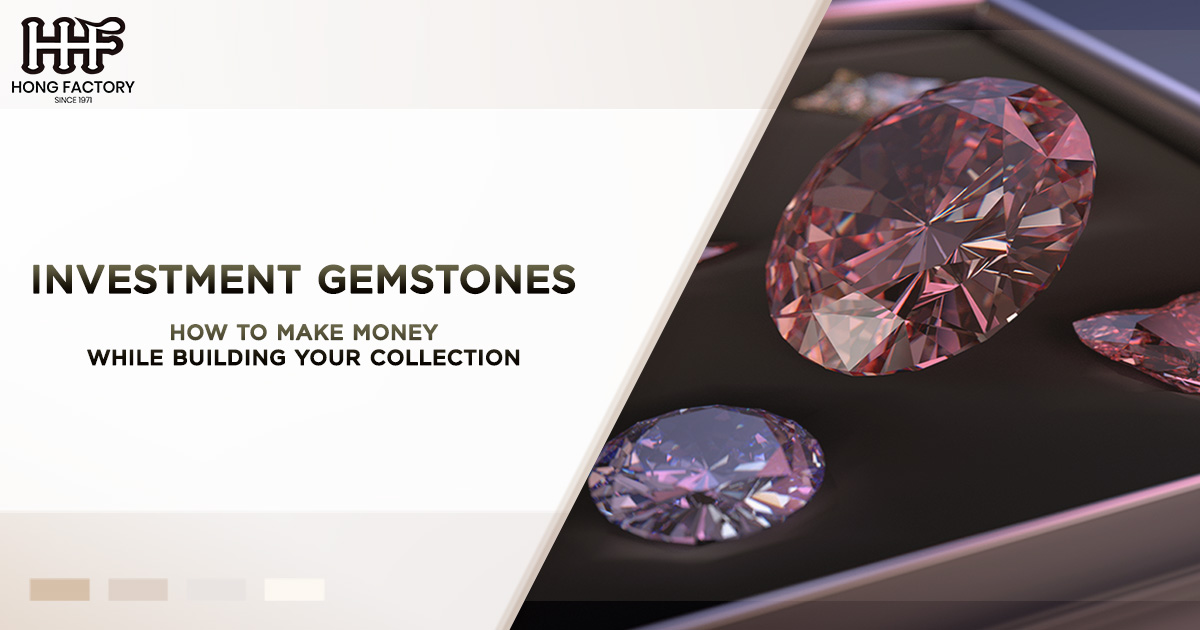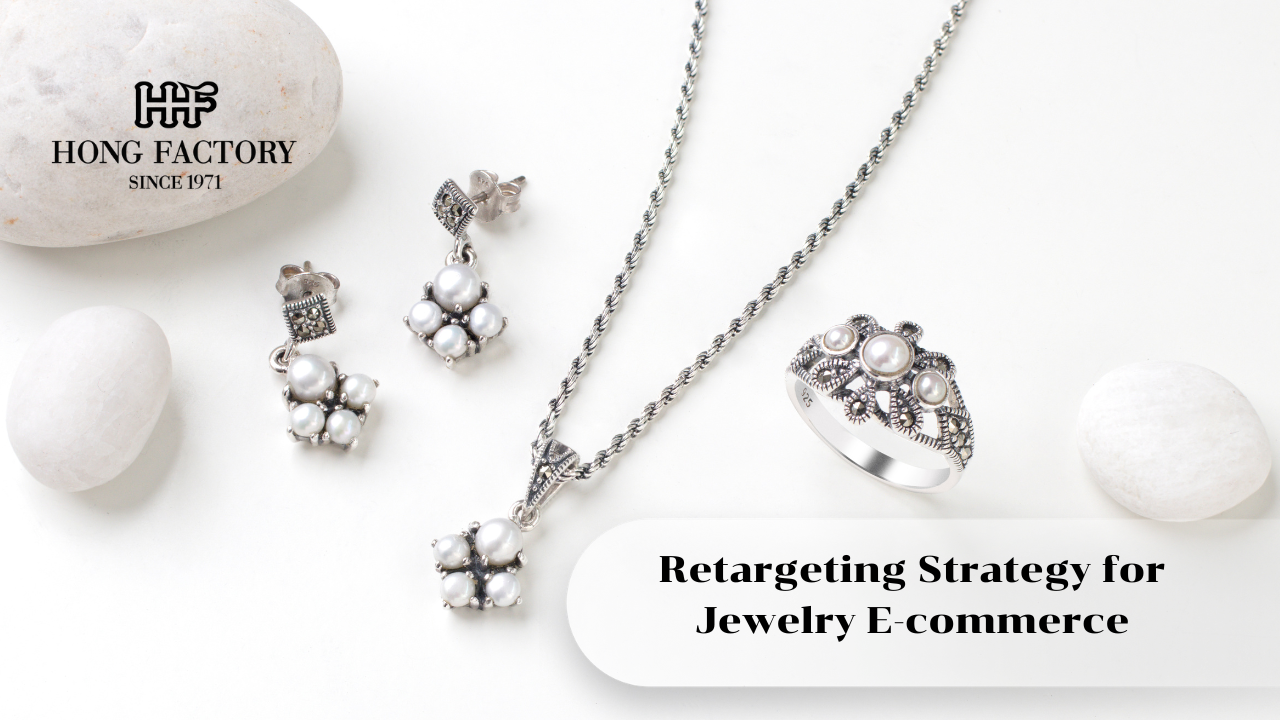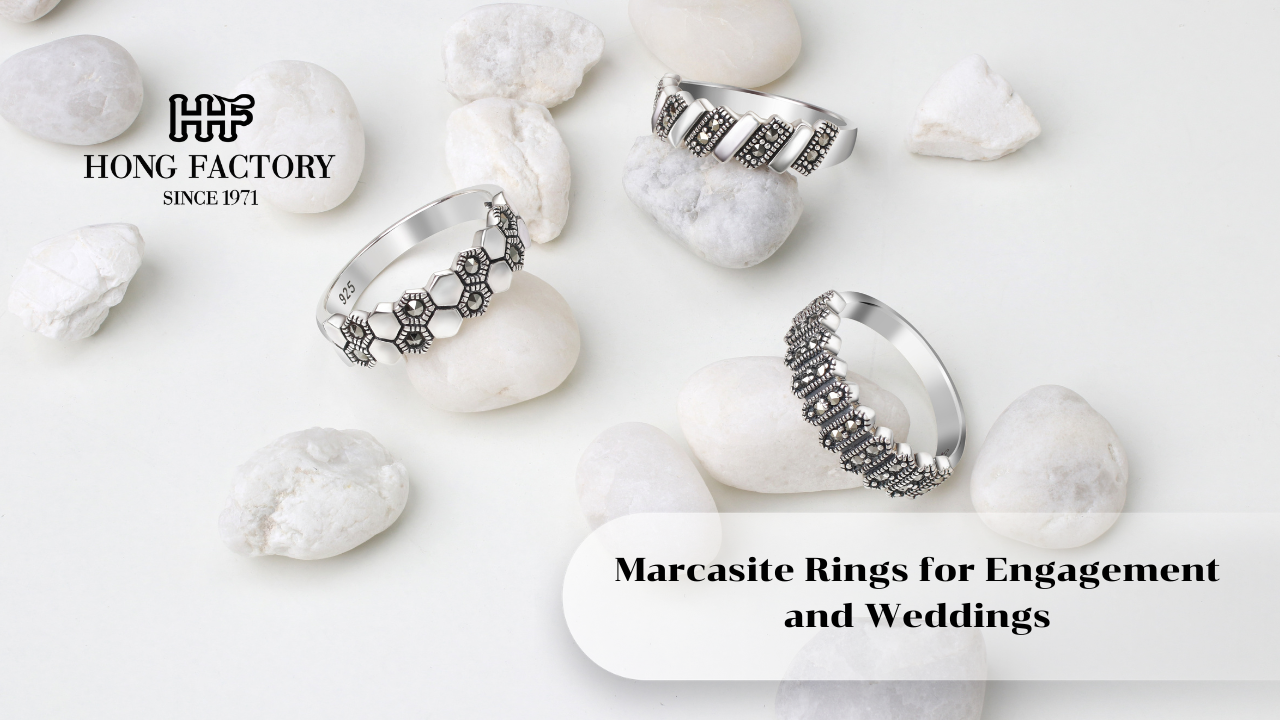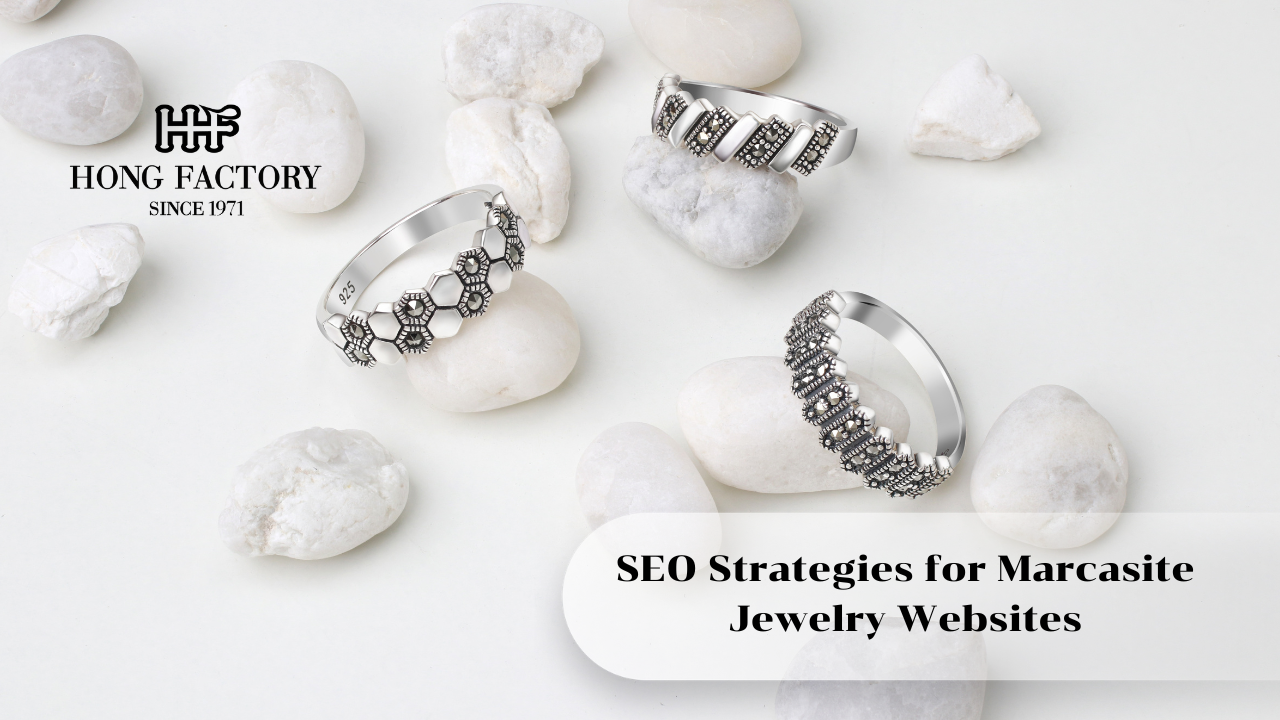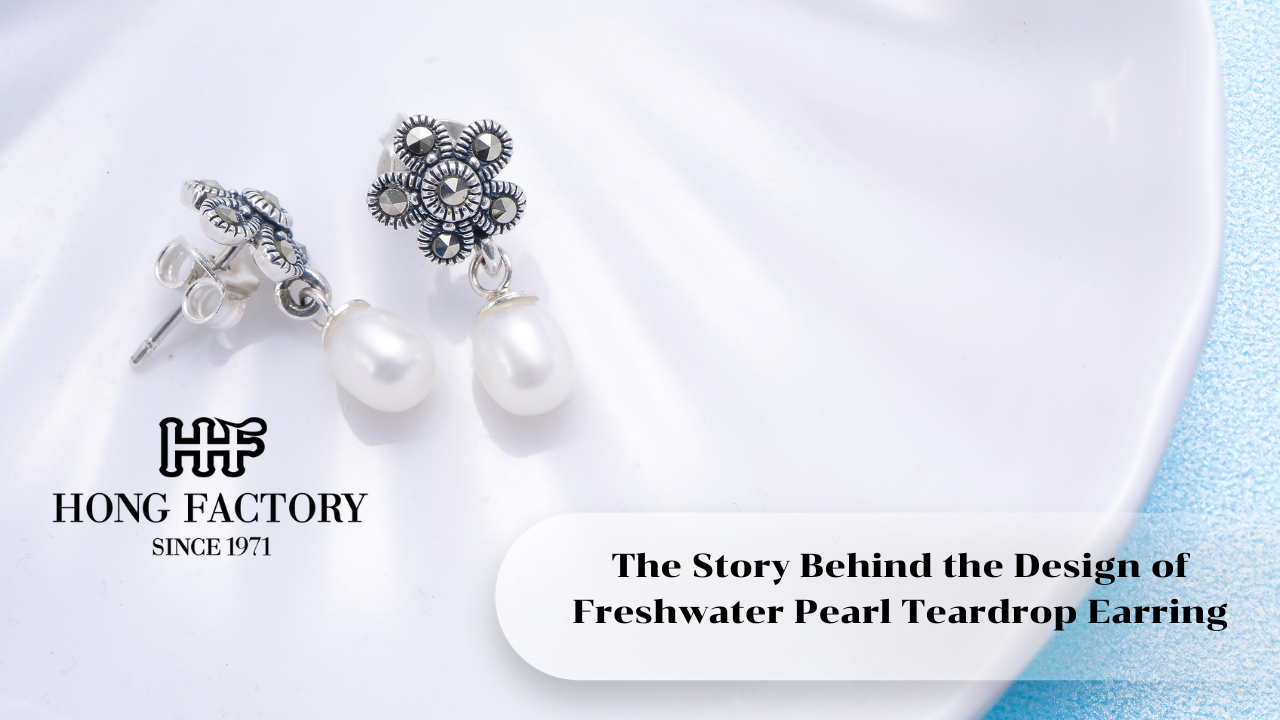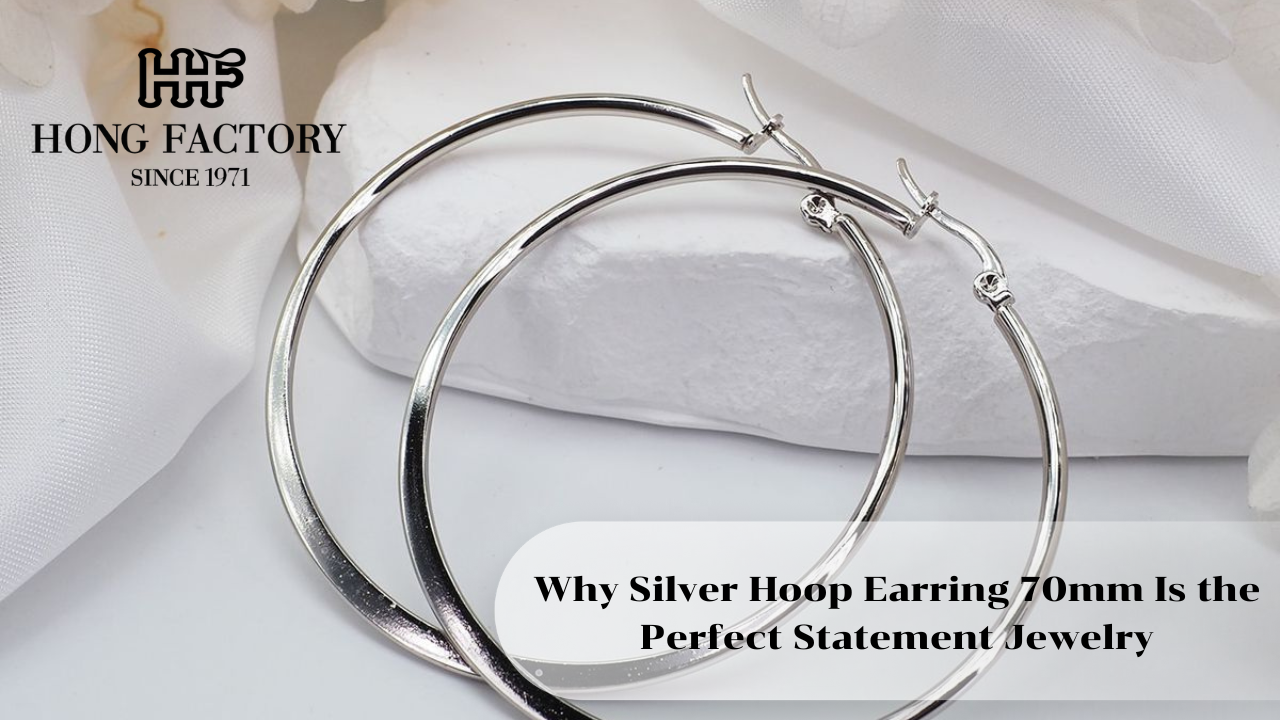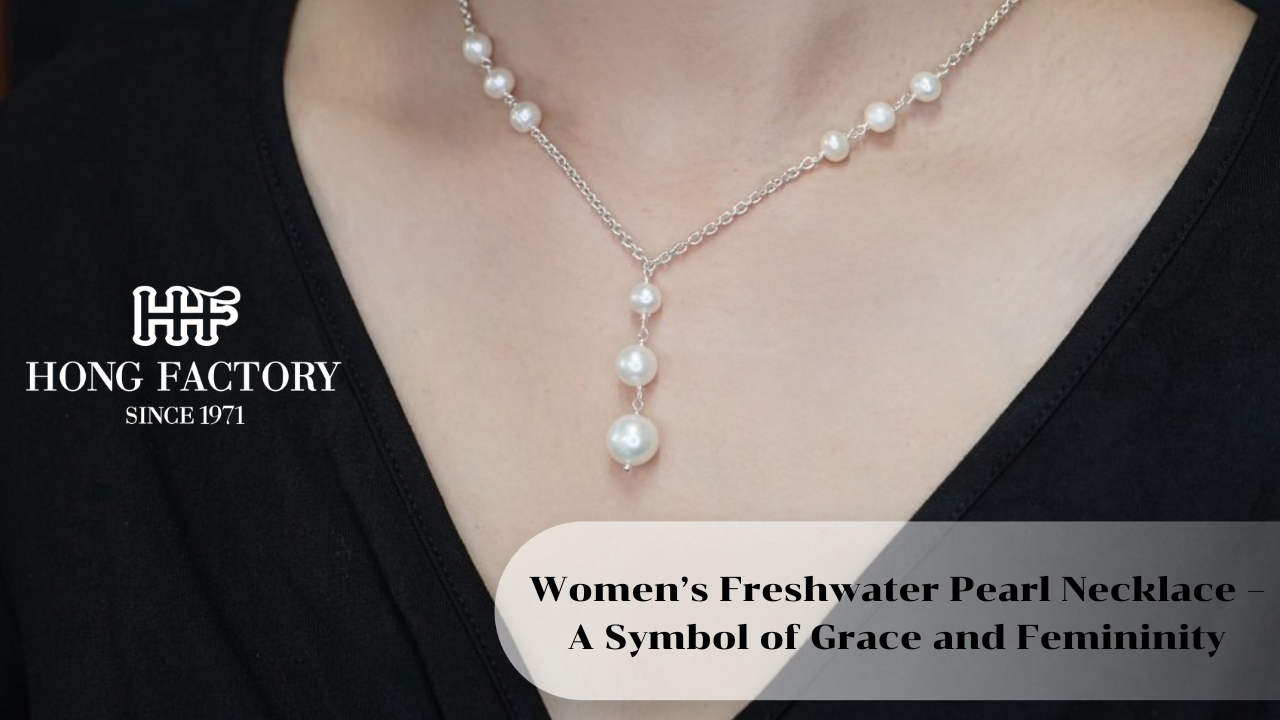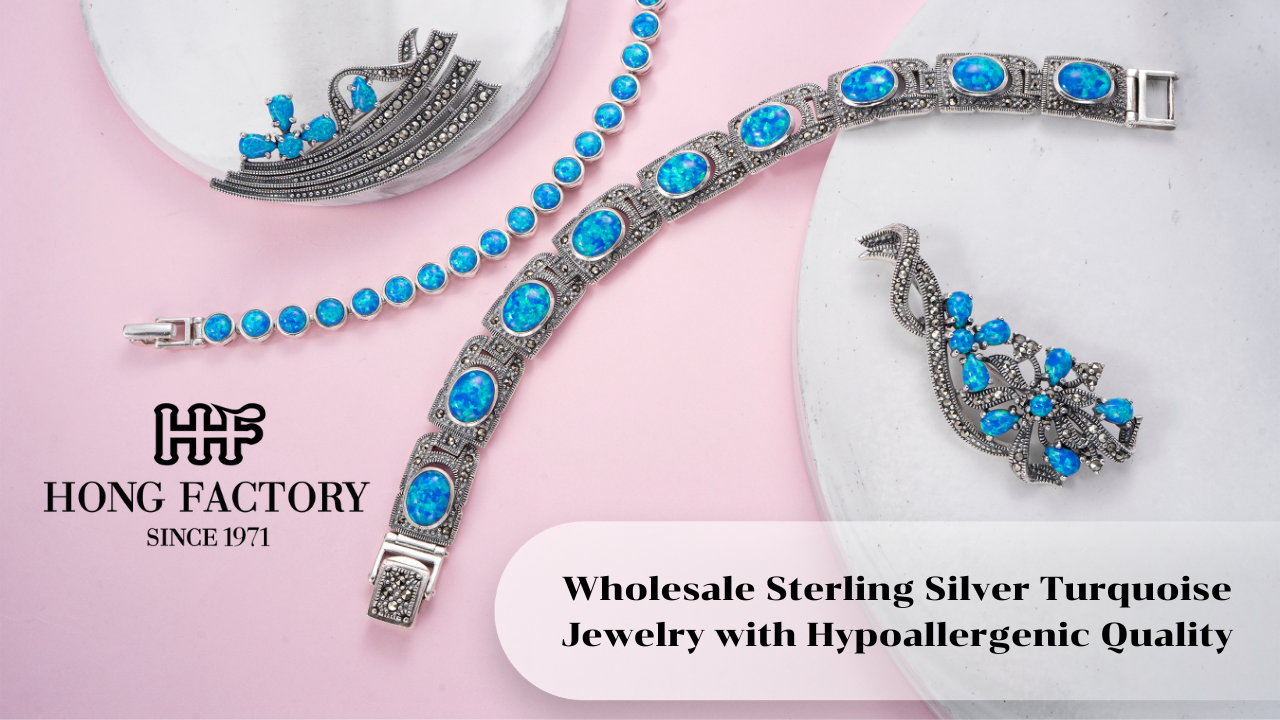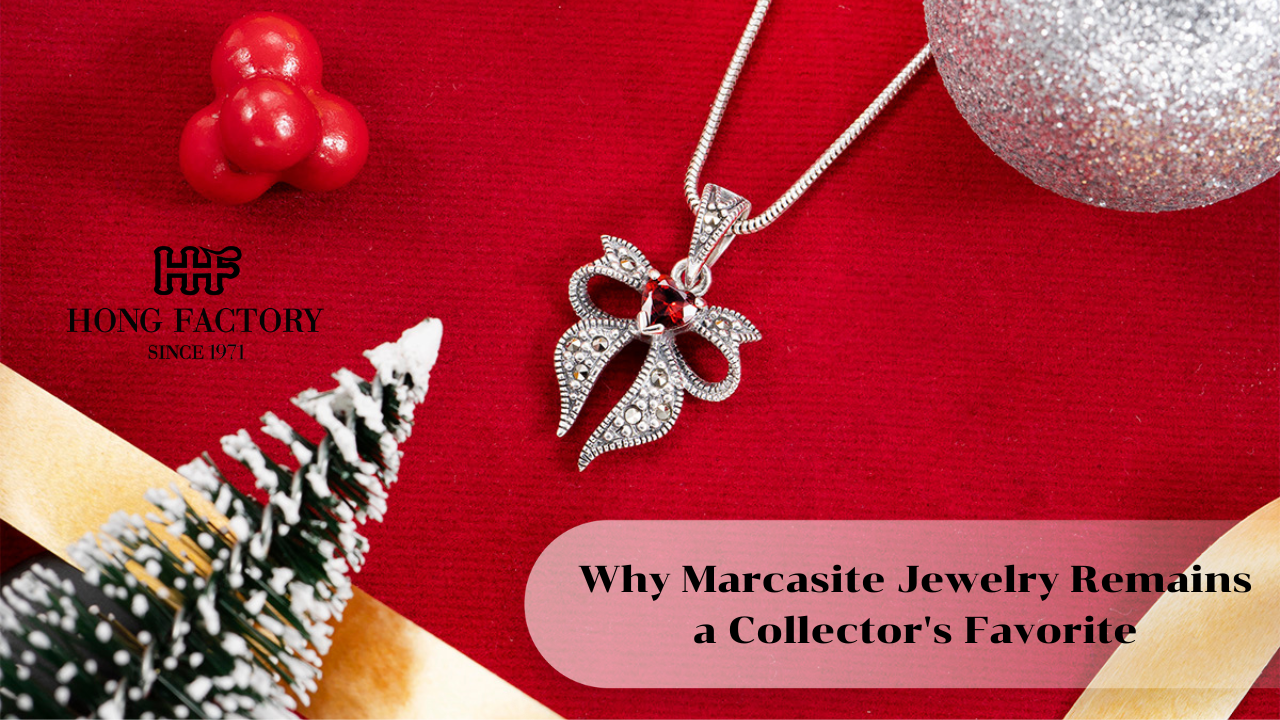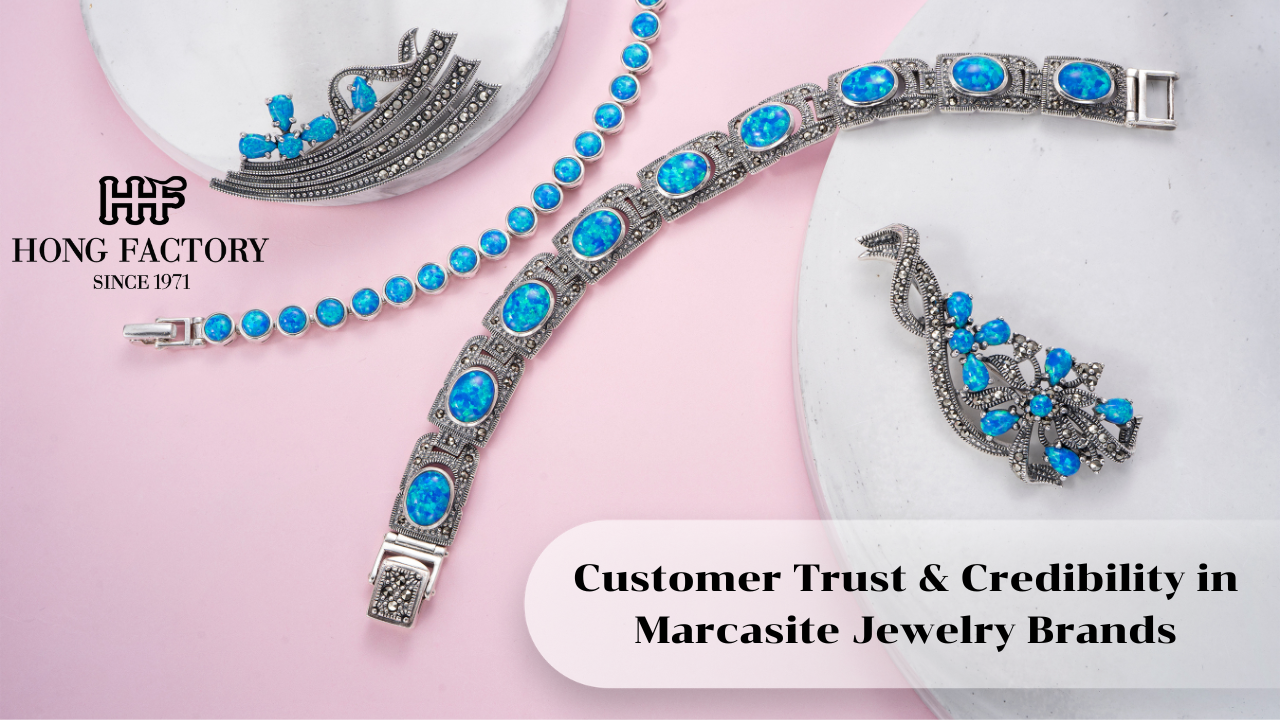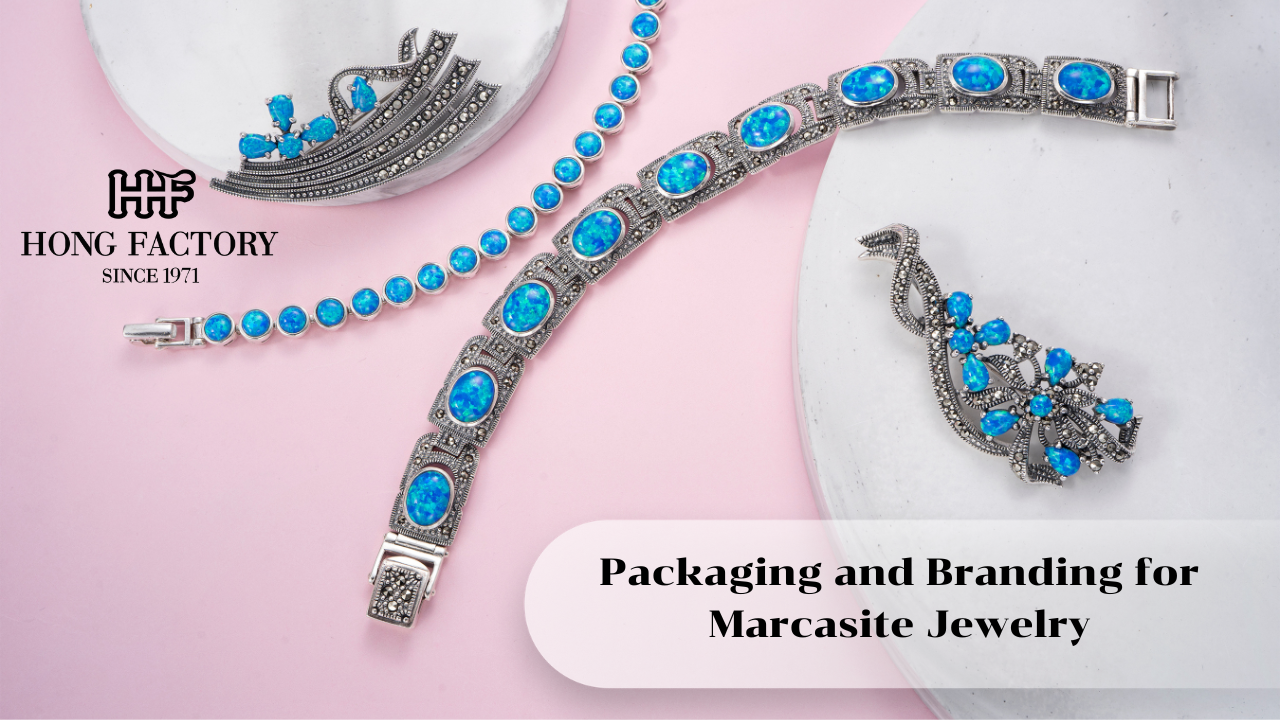Investing in gemstones is not just a way to diversify your portfolio; it’s an artful journey that allows you to combine passion with profit. For centuries, people have been captivated by the beauty and rarity of precious stones. Beyond their aesthetic appeal, gemstones—whether diamonds, sapphires, rubies, or emeralds—have proven to be valuable investments that can grow in worth over time. In this article, we’ll explore how you can make money while building a collection of investment gemstones, with a focus on market trends, risk factors, storage requirements, and insurance needs.
1. Understanding Investment Gemstones
Investment gemstones are precious or semi-precious stones that are acquired primarily for the potential of value appreciation over time, rather than just for personal adornment. These stones are often chosen for their rarity, beauty, and market demand. Unlike traditional investments such as stocks or real estate, gemstones offer a tangible asset that holds intrinsic beauty and historical significance. However, before diving into gemstone investment, it’s essential to understand the various factors that influence their value.
What Makes a Gemstone Valuable?
Several factors determine the value of an investment gemstone –
– Rarity – The rarer a gemstone, the more valuable it generally is. For example, red diamonds and Kashmir sapphires are among the rarest and most expensive gems due to their scarcity.
– Quality – The “Four Cs” (cut, clarity, color, and carat weight) play a significant role in determining a gemstone’s value. Gems with exceptional color and clarity, along with a well-executed cut, tend to appreciate more in value.
– Origin – Some gemstones command higher prices based on their geographic origin. For instance, Burmese rubies and Colombian emeralds are renowned for their superior quality and are highly sought after by collectors.
– Historical Significance – Certain gemstones have historical or celebrity associations that can greatly increase their value. Stones with unique provenance often fetch higher prices at auction.
2. Market Trends in Gemstone Investment
The gemstone market is evolving, with trends influenced by global economic conditions, consumer preferences, and supply chain dynamics. Understanding these trends can help investors make informed decisions when building a gemstone collection.
Rising Demand for Colored Gemstones
In recent years, there has been a noticeable shift in demand from traditional diamonds to colored gemstones like rubies, sapphires, and emeralds. According to industry experts, colored gemstones are becoming increasingly popular among both investors and consumers due to their unique beauty, rarity, and cultural significance. For example, the demand for Padparadscha sapphires—a rare pinkish-orange variety of sapphire—has surged in recent years, driving up their market value.
Auction House Performance
Auction results from prestigious houses such as Sotheby’s and Christie’s provide a clear indication of how the gemstone market is performing. Record-breaking sales of rare diamonds, rubies, and sapphires suggest that high-quality investment gemstones are in demand, even during times of economic uncertainty. These auctions also show that gemstones with unique characteristics or celebrity associations can fetch prices far above their market value, making them lucrative opportunities for investors.
Ethical and Sustainable Sourcing
A growing number of investors are prioritizing gemstones sourced from ethical and environmentally responsible mines. The demand for ethically sourced gems, such as those certified by the Kimberley Process (which aims to prevent conflict diamonds), is rising. As consumers and investors become more aware of the social and environmental impacts of gemstone mining, those gemstones with traceable origins are likely to command premium prices in the future.
3. Risk Factors to Consider
While investment gemstones can offer significant returns, they are not without risks. Like any investment, it’s essential to carefully evaluate the potential pitfalls before committing your capital.
Market Volatility
The gemstone market, like any other, is subject to fluctuations in demand and pricing. Economic downturns, changes in consumer preferences, or geopolitical events can all impact the value of gemstones. Additionally, the market for high-end gemstones is relatively niche, which can make it more susceptible to periods of low liquidity. Investors should be prepared for the possibility of holding onto their gemstones for an extended period before realizing a profit.
Lack of Standardized Pricing
Unlike gold or silver, gemstones do not have a standardized pricing system. Each gemstone is unique, meaning its value is often subjective and can vary depending on the appraiser or market conditions. This lack of transparency can pose challenges for investors, especially when it comes to buying and selling gemstones at fair market value.
Counterfeit and Treated Gems
One of the biggest risks in gemstone investment is the presence of counterfeit or treated stones. Synthetic or lab-grown gemstones can be difficult to distinguish from natural ones, even for experienced collectors. Additionally, some gemstones are treated to enhance their color or clarity, which can significantly affect their value. It’s crucial to buy gemstones from reputable dealers and ensure that any stone you purchase comes with a certification from a recognized gemological laboratory, such as the Gemological Institute of America (GIA).
Illiquidity
Gemstones are not as liquid as stocks, bonds, or even precious metals. Selling a gemstone can take time, especially if you want to achieve the best possible price. Investors should be prepared for the possibility of holding onto their gemstones for years before being able to sell them for a profit.
4. Storage Requirements for Gemstone Investment
Proper storage is essential to maintaining the value and integrity of your gemstone collection. Gemstones are delicate, and improper handling or storage can lead to damage that significantly reduces their market value.
Protecting Against Physical Damage
Gemstones are generally durable, but they can still be scratched, chipped, or otherwise damaged if not stored correctly. For example, diamonds are extremely hard but can chip if struck at the wrong angle. To prevent damage, each gemstone should be stored separately in a soft pouch or lined compartment to avoid contact with other stones.
Climate Control
Certain gemstones, such as opals and pearls, are sensitive to changes in humidity and temperature. High humidity levels can cause opals to crack or lose their luster, while pearls can become brittle in dry environments. It’s important to store these sensitive stones in climate-controlled conditions to preserve their quality.
Safe Storage Solutions
Given the high value of investment gemstones, secure storage is essential. Many investors choose to store their gemstones in a safe deposit box at a bank or invest in a home safe with fireproof and theft-resistant features. Keeping gemstones in a secure environment minimizes the risk of loss, theft, or damage.
5. Insurance Considerations for Gemstone Collections
Investing in high-value gemstones comes with the responsibility of protecting your assets through insurance. Adequate insurance coverage ensures that your collection is protected in case of loss, theft, or damage.
Appraisal and Certification
Before insuring your gemstone collection, you’ll need to obtain an accurate appraisal from a certified gemologist. This appraisal will determine the market value of your gemstones, which will be used to calculate your insurance premium. Remember that gemstone values can fluctuate over time, so it’s advisable to have your collection reappraised every few years to ensure your insurance coverage reflects current market conditions.
Choosing the Right Insurance Policy
Standard homeowner’s insurance policies may offer limited coverage for valuable items like gemstones, but the coverage may not be sufficient for high-value collections. Instead, consider purchasing a specialized jewelry insurance policy that offers comprehensive protection for your gemstones. These policies typically cover loss, theft, accidental damage, and even mysterious disappearance.
Understanding Policy Exclusions
When choosing an insurance policy, it’s important to carefully review any exclusions or limitations. Some policies may not cover certain types of damage, such as wear and tear, or may exclude coverage for gemstones stored outside of a secure location. Make sure you understand the fine print of your policy to avoid any surprises in the event of a claim.
Conclusion – Growing Wealth While Building Your Collection
Investing in gemstones offers a unique opportunity to combine passion with profit. By carefully selecting investment-grade stones, staying informed about market trends, and taking steps to mitigate risks, you can build a collection that not only brings you joy but also appreciates in value over time. From understanding the factors that influence gemstone value to ensuring proper storage and insurance, successful gemstone investment requires both knowledge and diligence. With the right approach, your gemstone collection can become a valuable asset that grows in worth while reflecting your personal taste and style.

